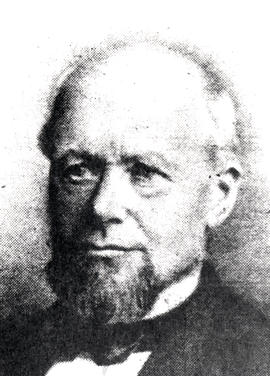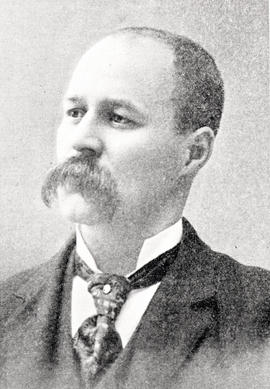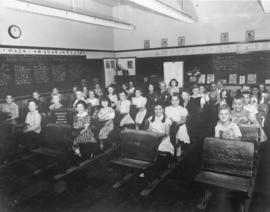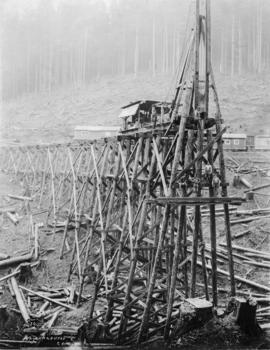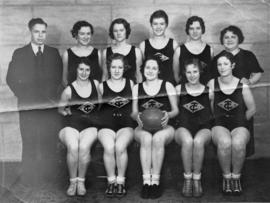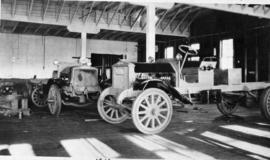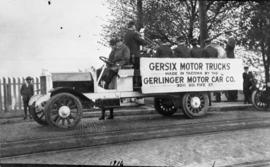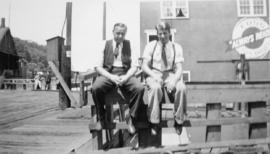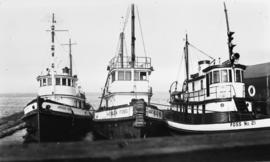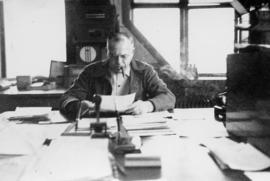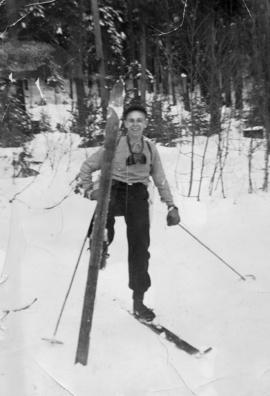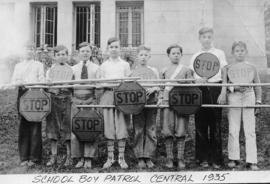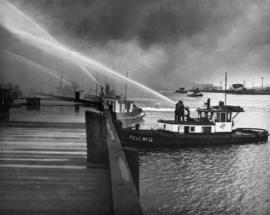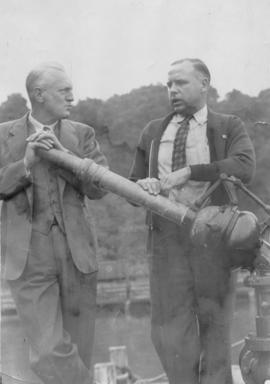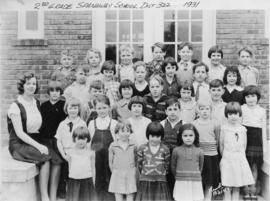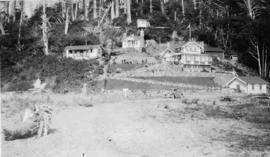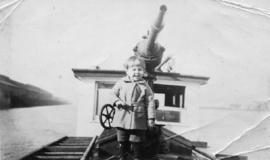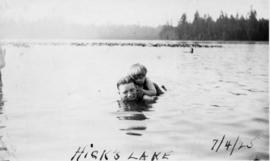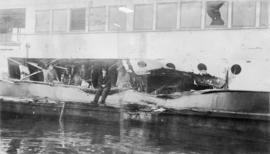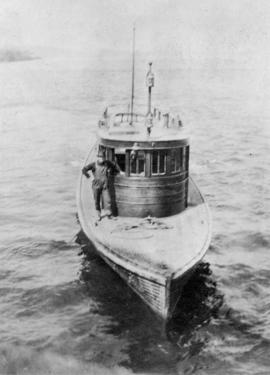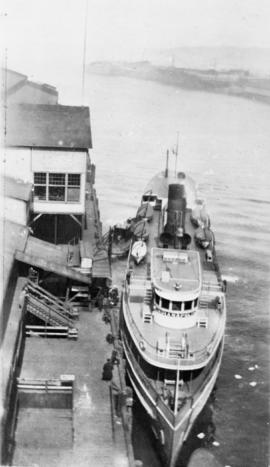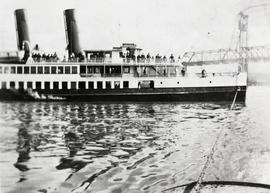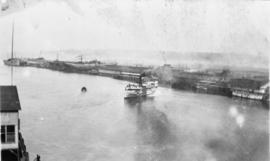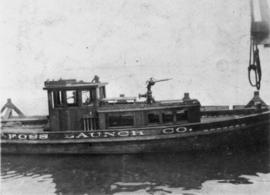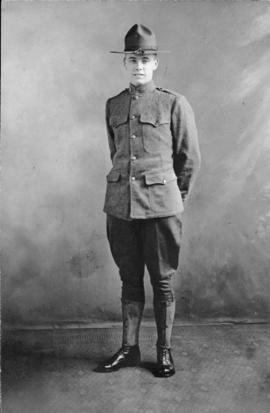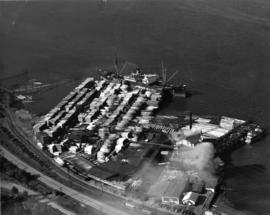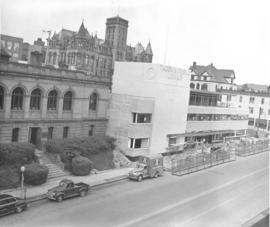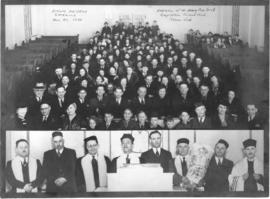- Item
- 1880
Part of General Photograph Collection
ca. 1880. Alexander Smith (A.S.) Abernethy, elected Mayor of Tacoma September 6, 1882. Mr. Abernethy served as Mayor in 1882 & 1883. He was born in New York in 1813. In 1850, he was asked by his older brother George to come to the Northwest to manage the Oak Point (saw) Mill. George Abernethy (1807-1877) went on to become Oregon's first Governor. Alexander Abernethy was Oak Point's most prominent citizen from 1850-1880, campaigning for Washington Territory and later serving as a Republican in local political positions. He had a land claim west of Longview in Cowlitz County. Already an elderly man when he served as Mayor, he died five years later in February of 1888 and was buried in the family cemetary on his land claim. (History of Stella, Oak Point, Eufaula, Coal Creek and Surrounding Areas; US GenWeb Archives)
Abernethy, Alexander Smith; Mayors--Tacoma--1880-1890;
